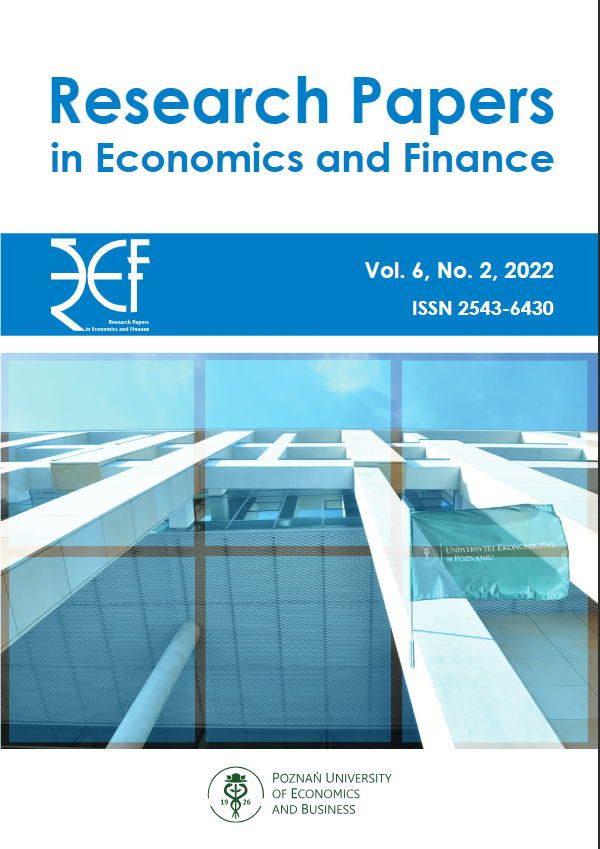Application of the vector-autoregression VAR model in the analysis of unemployment hysteresis in the context of Okun’s Law
Application of the vector-autoregression VAR model in the analysis of unemployment hysteresis in the context of Okun’s Law
Author(s): Patryk KobyłkoSubject(s): Economy, National Economy
Published by: Wydawnictwo Uniwersytetu Ekonomicznego w Poznaniu
Keywords: vector-autoregression model VAR; time series analysis; hysteresis in the labour market; Okun’s Law; macroeconometrics
Summary/Abstract: Unemployment is an important macroeconomic issue both in theoretical terms and for economic reality. On the theoretical ground, the unemployment rate, which is a measure of the share of unemployed units of the labour supply in the economy, determines the output gap at a certain adjustment parameter determined by the marginal productivity of labour. One of the causes of rising or persistent unemployment in the economy is the phenomenon of unemployment hysteresis, which occurs as a result of changes in the marginal disutility of labour, the strength of the wage bargain and other exogenous conditions arising in previous periods. The purpose of the study conducted in the following paper is to investigate the phenomenon of hysteresis in the labour market by analysing the significance of the impact of the unemployment rate in previous periods. In addition, the work aims to study Okun’s Law as an effect of production dynamics on the unemployment rate. The study of the dependence was carried out through the estimation of a macroeconometric time series model—vector-autoregression (VAR) on the example of statistical data for Poland obtained from Statistics Poland (Stat.gov.pl) and complied raports about national accounts in the quarterly sequence for the years 2015–2021.
Journal: Research Papers in Economics and Finance
- Issue Year: 6/2022
- Issue No: 2
- Page Range: 68-85
- Page Count: 17
- Language: English

